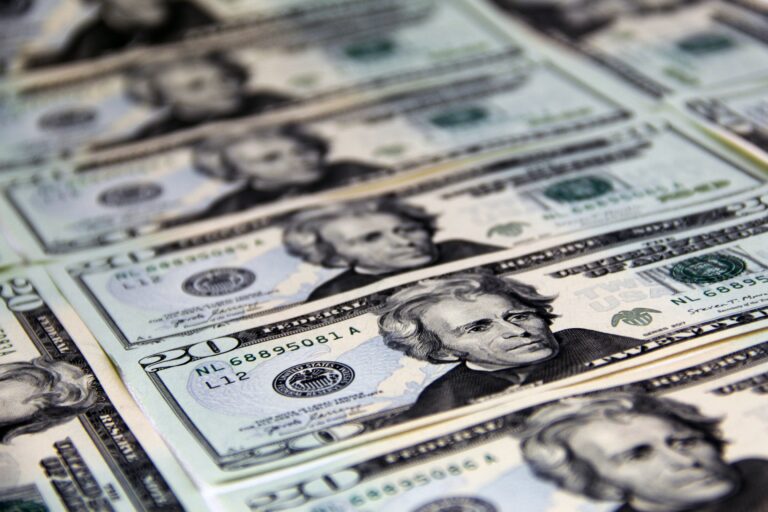
US Labour Market
US non-farm payrolls data concealed pessimism within the US economy and Labour Market. However, due to the influence of recent natural disasters within the United States, this data was strongly disregarded. Instead, the headline figures within employment, and its inverse, unemployment, were considered. Due to the relationship expounded by the Phillips Curve and the expectation of future inflation and responsive interest rate increases, the US Dollar received additional value at 13:30 BST today.
US non-farm data decreased for the first time in seven years today. Traders are said to be taking a rather indifferent approach to the release due to the expectation that the data is particularly skewed by the hurricanes that hit Texas and Florida in late August and September. UBS said earlier that, “The US employment data lacks its normal power to influence markets. The direct and indirect impact of the hurricanes will distort the numbers.”
The US Labour Department claimed that non-farm payrolls were down by 33,000 last month, partly due to the hurricanes leaving people temporarily unemployed, however, likely also due to delayed hiring. Goldman Sachs estimates that the hurricanes affected 10 percent of the population and cost $100bn. Many of those displaced will return to work in the coming weeks, as well as further expected employment following the hurricanes in the form of the clean up and rebuilding. There were also claims that the record drop in employment in the leisure and hospitality sectors have had an impact on today’s data. Leisure and hospitality payrolls decreased 111,000, the most since 1939, and after remaining constant in August.
Despite the lower than expected non-farm payroll data, wage growth and unemployment data showed improvement. Wage growth was up 0.5 percent, more than the expected 0.2 percent, whilst unemployment was down from 4.4 percent to 4.2 percent. Clearly, this suggests a healthy economy that without any further analysis can be supposed to increase output and performance within the US. Whist investment and confidence will pick up, so too should desire for dollar exposure, raising the demand for dollars and, ceteris paribus, increase the value of the policy. Market commentators have been discussing the Philips Curve with particular interest whilst monetary policy looks set to move. The Philips Curve would suggest that as unemployment falls, headline consumer inflation should rise.
Clearly, price inflation, as measured by the consumer price index, is the independent variable used by central banks to set monetary policy. As we, and other market analysts, have identified, the growth within key reserve currencies has been driven by interest rate hike anticipation. As unemployment and inflation rise and fall respectively, the probability of an interest rate hike within the US economy rises.
Interest rates are a monetary policy instrument used to control the macroeconomy. Interest rates represent the cost of borrowing and the reward for saving within the domestic economy, interest rates can manipulate the desirability of prospective domestic exposure. The data suggests a healthy economy, giving the FED a reason to increase interest rates. The increase in interest rates has a two effects on the macroeconomy. Firstly, by increasing interest rates, and therefore raising the reward for saving, outside investors are incentivised to increase their exposure to the domestic currency and economy. Secondly, the move to raise interest rates suggests a strong economy, thus allowing confidence in the domestic economy to increase.
US Dollar strengthened against the Pound Sterling during and immediately following the data release. The data released gives the FED a mandate to raise interest rates and therefore, in anticipation of a higher rate of return upon investment and saving, ‘hot’ money flows in order to take advantage of the inflated expected rate of return. Whilst the aforementioned first glance impression of a stronger labour market would, in and of itself, revalue the dollar eventually, the overwhelming mechanism for revaluation is the interest rate.
At 13:30 BST, at the beginning of the US trading session, the US Dollar spikes by approximately 0.3 percent against the Euro and Pound Sterling. Following the immediate revision, US Dollar pair currencies experienced choppy price action. This was because the distortion and disparity within US hard data, due to the hurricanes, clouded investors’ perception of the domestic economy. The dollar retained its value against the Euro temporarily before an alternative event within the economy reversed the dollar’s fortunes.
Related Insights

Daily Brief – Weren’t Tariffs USD Negative?
Weren’t Tariffs USD Negative? The Dollar proved sensitive to headlines regarding trade during the US overnight session. However, contrary to what many commentaries would have you believe, as the risk of tariffs escalated the Dollar rose. The 90-day pause following Trump’s April ‘liberation day’ tariffs had been set to expire this coming Wednesday. To the […]

Daily Brief – Dollar Reserves
Dollar Reserves With the passing of Trump’s original deadline for the reimposition of liberation day tariffs yesterday, markets have breathed a sigh of relief. July VIX futures continued to slide lower. Moreover, what may surprise anyone who had been expecting the issue of tariffs to resurface following the passing of Trump’s new deadline, so too […]

Daily Brief – Big Girls Don’t Cry
Big Girls Don’t Cry A bond market tantrum and one of the sharpest one day sell offs in Sterling for several years appear to have been catalysed by the Chancellor’s appearance in PMQs yesterday. First: the back story. This Labour government has faced some embarrassment in recent weeks trying to get its welfare bill through […]


 Charles Porter
Charles Porter